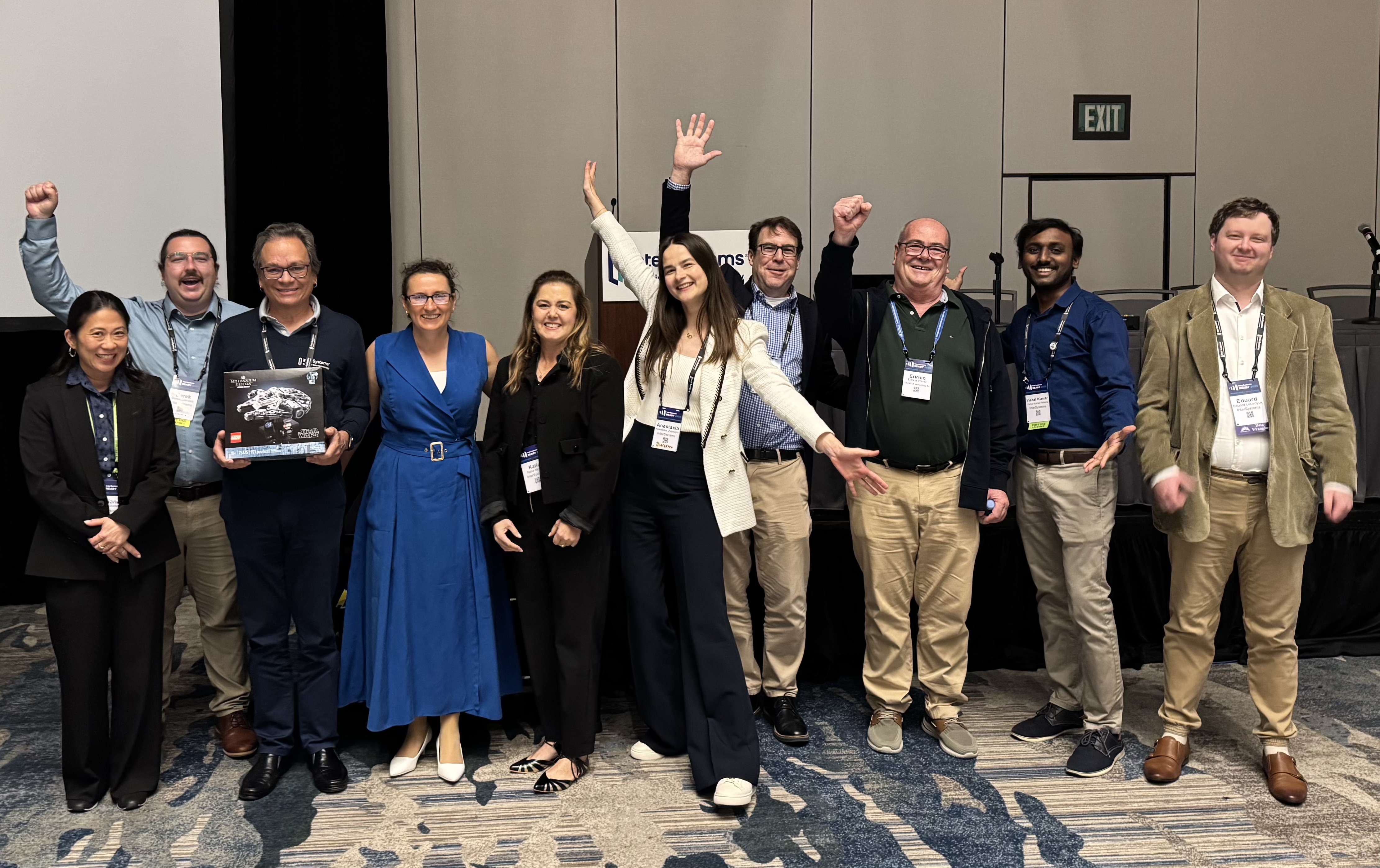Having been inspired with Shared code execution speed question/discussion, I dare to ask another one which is annoying me and my colleagues for several weeks.
We have a routine called Lib that comprises 200 $$-functions of 1500 code lines total. It was noticed that after calling _any_ function of another rather big routine (1900 functions, 32000 lines) the next call of $$someFunction^Lib(x) is getting 10-20% slower than previous call of the same function. This effect doesn't depend on:


(2).jpg)

.png)
.png)
%20(4).jpg)